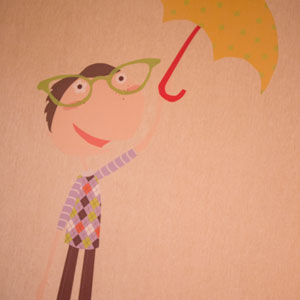How to Prepare for a Sleep Evaluation
Before the Sleep Evaluation
- Patient should follow a normal sleep routine 48 hours prior to study.
- Patient should avoid caffeine for 48 hours prior to study.
- Patient and caregiver should eat dinner before arriving.
- Patient needs to continue regular medications as prescribed unless otherwise directed by patient’s physician.
- Patient should bring any overnight medications with him or her, in original bottles with labels.
- Patient should arrive bathed, with clean hair. Hair gels, sprays and other oily substances should not be used.
- Medications are not available and will not be administered by staff.
What to Bring
- Parent or guardian, if patient is less than 18 years of age.
- Insurance card, social security number, name and date of birth of insured
- 2-piece (loose and comfortable) cotton sleep-wear.
- Socks or house shoes.
- Overnight toiletries.
- Change of clothes for the following morning.
- A favorite pillow, blanket, or stuffed toy.
- Favorite bed-time DVD (age-appropriate).
- CPAP/Bi-Pap mask and portable oxygen, if applicable.
- For tracheostomy studies, please bring cap for trach.
Medications are not available and will not be administered by staff.
During the Sleep Evaluation
We require one parent or guardian to stay with the child during evaluation.
Your child’s sleep technician will confirm the patient’s medical history and ask you and your child questions about sleep symptoms, sleep behaviors and activities. The technician is also available to answer questions about the sleep study.
There are five patient suites with different color and theme options. You and your child will be taken to your comfortable suite where you can begin your evening routine.
After you’ve had a moment to get comfortable and your child’s sleep technician has completed the necessary paperwork, he or she will attach approximately 10 monitors to your child’s head, neck, chest and leg areas. Our technicians are experienced in placing these monitors on children of all ages and developmental backgrounds.
The monitors are small, round and painless and should be easily removed after the study is complete. A belt will go around your child’s abdomen and chest, and a pulse oximeter will be placed around a finger (or foot) to monitor oxygen levels. Lastly, a nasal canula monitor will go under his/her nose to monitor nasal breathing. It is best to have a two piece garment, or button top for this portion of the study. The monitors will limit your child’s movements and activities that help him or her remain in bed are optimal at this time (books, videos, puzzle books, coloring books, for example).
Lights will be dimmed by 10:00 p.m. in the child’s bedroom and by 10:30 p.m. in the rest of the suite.
Your child’s sleep technician may adjust monitors or other equipment in your suite throughout the duration of the study.
Your child’s sleep study should conclude near 5:30 – 6:00 a.m. The sleep technician will enter to remove all of the monitors. A brief discharge questionnaire regarding the study will be completed by the parent/caregiver before the patient leaves.
After the Sleep Evaluation
Your study will be reviewed and interpreted by our board certified pediatric sleep physician. The results will be sent to your referring physician within five to ten business days after completion of the study. Evaluation time may vary depending on the depth of the study requested by your physician, but results are generally available within this time period.
To receive results, you should contact your doctor. If you have further questions regarding the study and its results, appointments are available with our sleep specialist. Our technicians are not authorized to discuss their observations regarding your child’s symptoms. This information must come from your referring physician.
